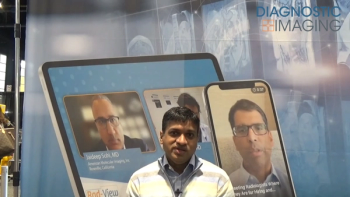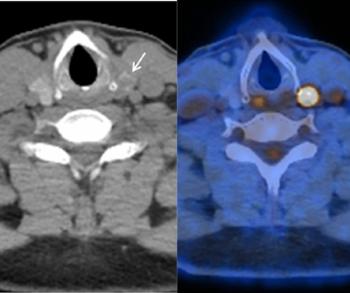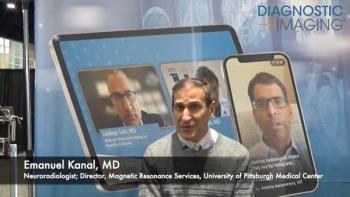
Report from ECR: Most CT colonography patients show noncolon findings
The majority of patients who undergo CT colonography, either with or without contrast, will produce studies that have at least one extracolonic anomaly. Most will not require further workup, however.
The majority of patients who undergo CT colonography, either with or without contrast, will produce studies that have at least one extracolonic anomaly. Most will not require further workup, however.
In 183 patients who underwent CT colonography for screening or diagnosis at the University of Rome "La Sapienza," 60% had at least one noncolon finding. A study of 102 symptomatic patients at the University of Bern in Switzerland, put that figure at 89%.
In the Italian study, 54.33% of findings were of low significance. But 24.8% were highly significant, including aortic aneurysm, lymphadenopathy, liver metastases, and pulmonary nodules. One-third of the highly significant findings warranted further diagnostic examinations in the Italian study, similar to 27% in the Swiss study.
Dr. Adrian Spreng, lead researcher for the Bern study, noted that extracolonic findings requiring further investigation were more common in patients whose studies involved intravenous contrast: 33% of pateints who had IV contrast were referred on for other studies, compared with 13% of those who had no contrast.
Newsletter
Stay at the forefront of radiology with the Diagnostic Imaging newsletter, delivering the latest news, clinical insights, and imaging advancements for today’s radiologists.



























